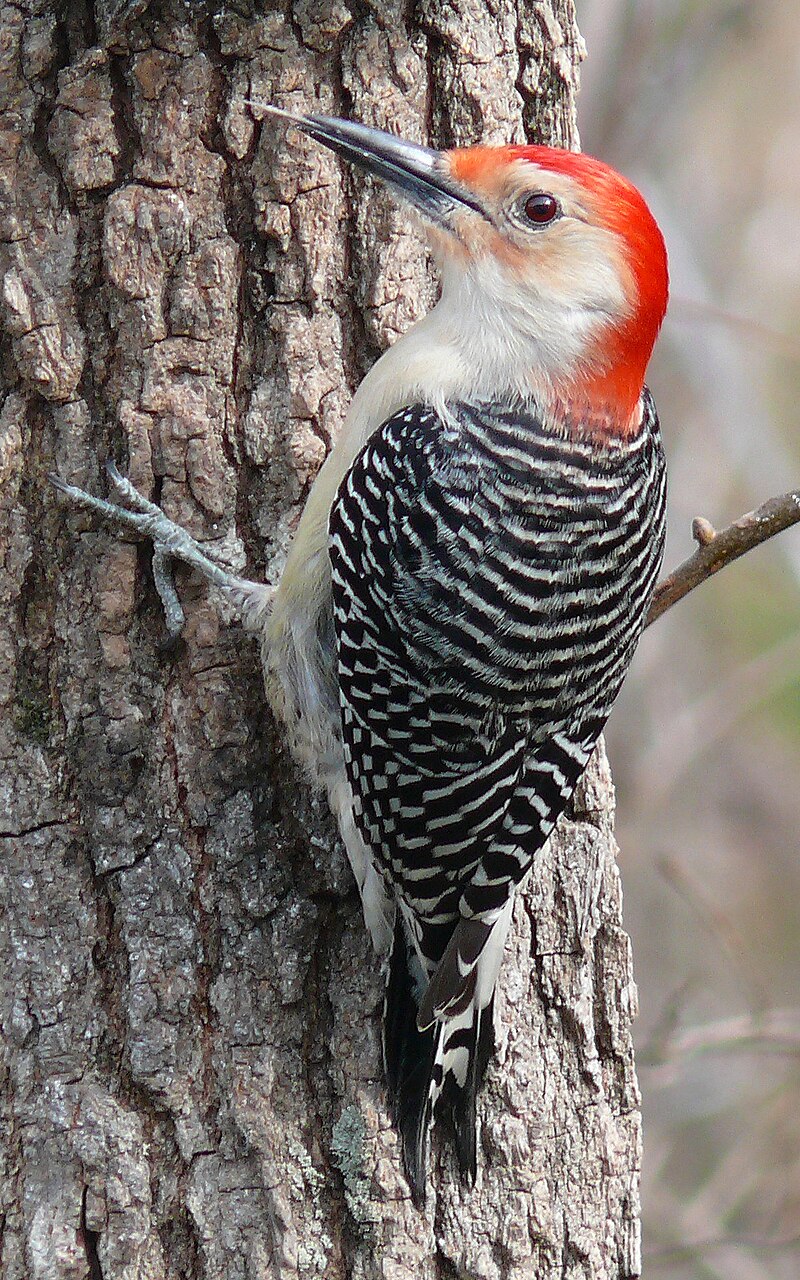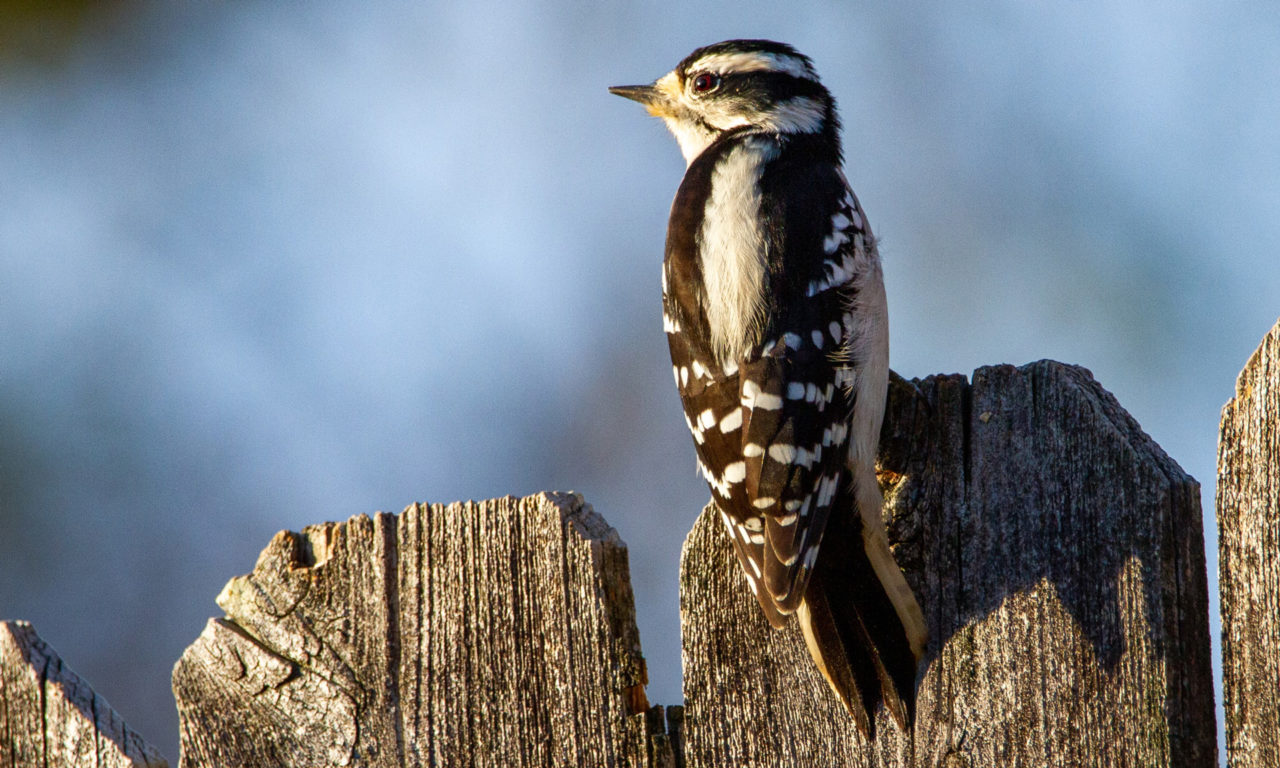Woodpeckers in Florida Populace: Types Introduction and Preservation
Woodpeckers in Florida Populace: Types Introduction and Preservation
Blog Article
Unveiling the Tricks of Woodpeckers: Actions, Habitat, and A Lot More
Woodpeckers, with their one-of-a-kind actions and specialized adjustments, have actually lengthy interested researchers and nature lovers alike. By discovering the secrets surrounding woodpeckers' behavior and habitat selections, a much deeper understanding of these bird wonders emerges, offering a glimpse right into their remarkable globe.
Woodpecker Habits Insights
In analyzing woodpecker behavior, a fascinating display of specialized abilities and adaptations emerges, shedding light on their remarkable eco-friendly particular niche - Woodpeckers in Florida. Woodpeckers, understood for their distinctive drumming on trees, possess a selection of behavioral characteristics that add to their survival and success in their setting. One essential behavior is their drumming, which offers several purposes such as interaction, developing territory, bring in companions, and locating food resources. This rhythmic pecking also showcases their exceptional stamina and endurance, as they can hammer away continuously at high rates without causing injury to themselves.
Additionally, woodpeckers exhibit a special feeding behavior defined by their capacity to extract pests from tree bark using their specialized beaks. Their long, barbed tongues help in capturing victim, while their solid neck muscles supply stability and precision throughout pecking motions. This feeding method permits woodpeckers to access concealed insect larvae and remove them with remarkable effectiveness.
Environment Preferences and Selection
What aspects affect the habitat preferences and choice of woodpeckers? Woodpeckers are very versatile birds known to populate numerous environments worldwide. However, they do display choices for sure habitat qualities. One vital factor affecting woodpecker habitat choice is the schedule of ideal nesting websites. Woodpeckers generally like woodlands with a mix of fully grown trees that give ample opportunities for cavity excavation. These cavities function as vital nesting and roosting websites for woodpeckers and are crucial for their reproducing success.
Additionally, woodpeckers show a choice for environments with a plentiful supply of food sources. They are primarily insectivorous, feeding on beetles, ants, larvae, and other pests discovered in rotting wood or tree bark. Therefore, woodpeckers tend to prefer wooded areas with a varied insect populace to meet their dietary demands.
Moreover, the visibility of dead or rotting trees is another vital consider woodpecker habitat option. These trees not just provide food resources however also use appropriate substratum for tooth cavity excavation. Dead trees are important for the upkeep of healthy woodpecker populaces, as they play a crucial role in the woodpeckers' life process and community characteristics.
Feeding Routines and Diet Structure
Woodpeckers demonstrate a specialized feeding actions focused on foraging for pests within various environments. Their diet mostly includes bugs such as beetles, ants, caterpillars, and crawlers, which they find by touching on tree bark and listening for the noise of movement inside. Woodpeckers use their solid beaks to drill right into the timber and their long, barbed tongues to extract prey from gaps. Along with insects, woodpeckers additionally consume tree sap, fruits, nuts, and seeds, adding selection this link to their diet depending upon the period and availability of food sources.
The foraging techniques of woodpeckers are well-adapted to their arboreal lifestyle (Woodpeckers in Florida). Their ability to excavate wood not only provides them with food but more information also helps in creating nesting cavities and establishing regions. Woodpeckers play an essential role in maintaining the health of forests by regulating insect populaces and assisting in the decay of timber. Comprehending their feeding practices and diet composition is essential for preservation initiatives targeted at protecting these distinct and important birds.
Drumming Seems and Communication
Making use of fast drumming sounds on numerous surface areas, woodpeckers employ a distinctive type of communication to signify area boundaries and bring in companions. This drumming behavior is not just a way of interaction however also acts as a method for woodpeckers to establish their existence within a particular location. The intensity, rate, and pattern of the drumming can convey vital information to other woodpeckers in the vicinity.
Woodpeckers utilize drumming audios to introduce their existence in a territory and to alert off possible trespassers. The loud and recurring nature of the drumming functions as a clear signal to other woodpeckers that the area is currently asserted. This aids in minimizing problems and reducing physical confrontations between people.

Survival Adaptations and Specialized Makeup

Final Thought
To conclude, woodpeckers exhibit one-of-a-kind actions, such as drumming noises for communication, and have actually specialized composition for survival in their chosen environments. Their feeding routines and diet plan composition better show their adaptability to numerous atmospheres. By understanding these facets of woodpeckers, researchers and conservationists can much better secure and preserve these remarkable birds and their environments.
Report this page